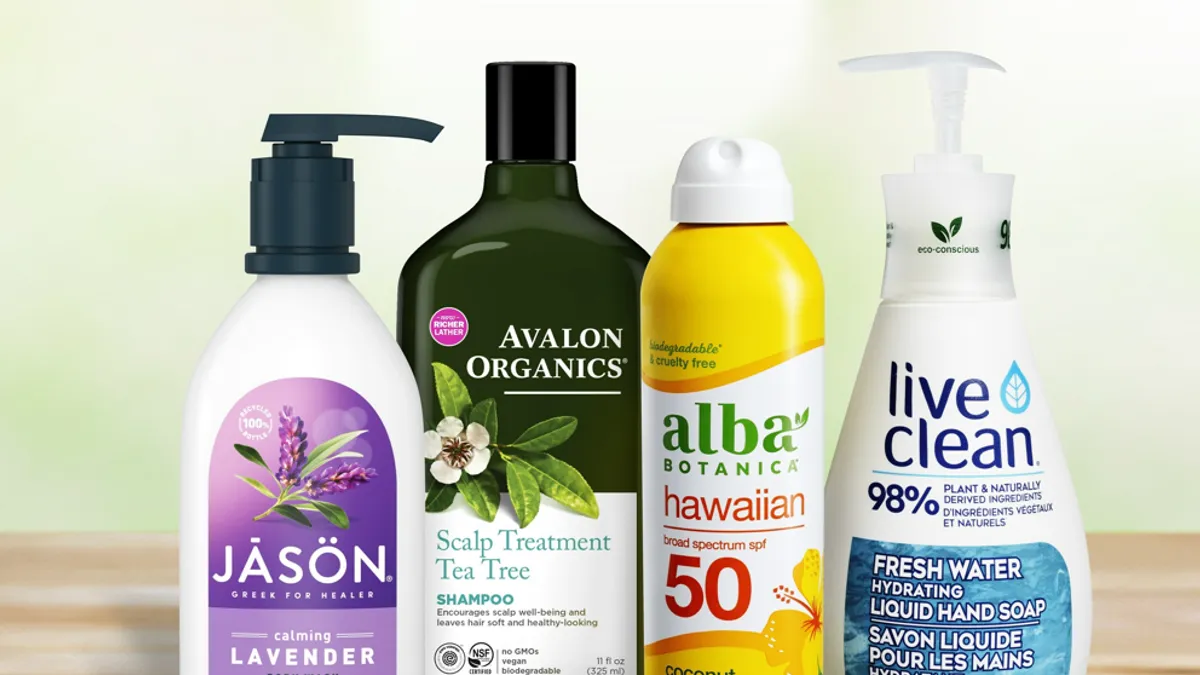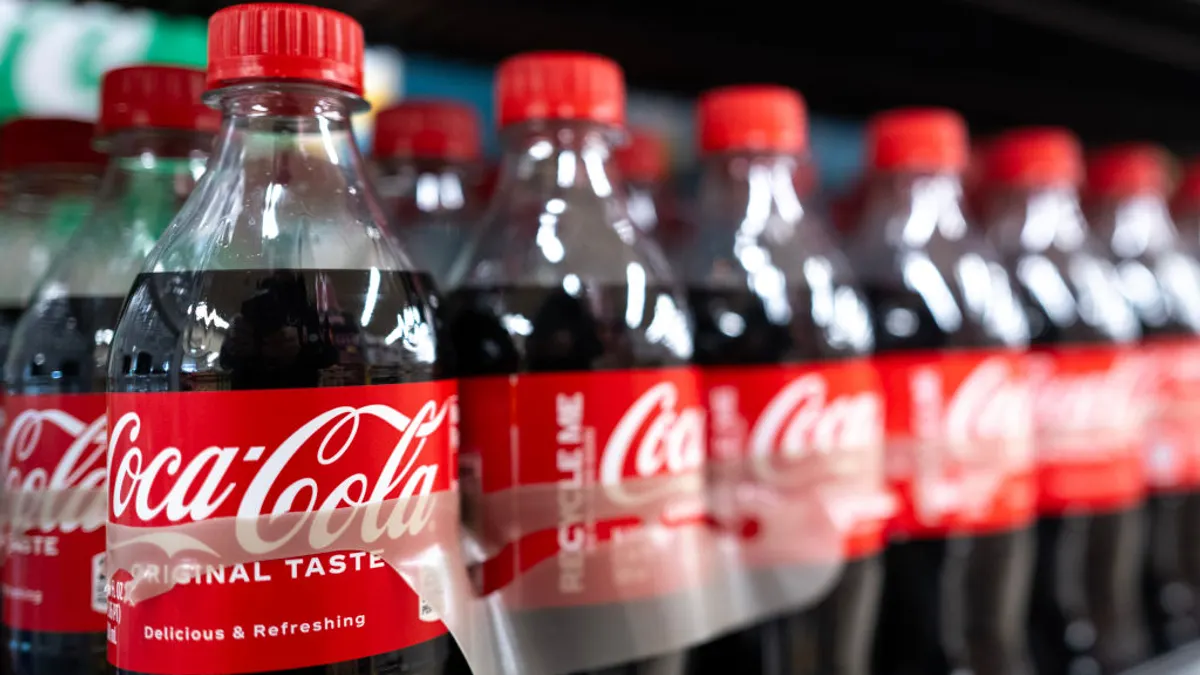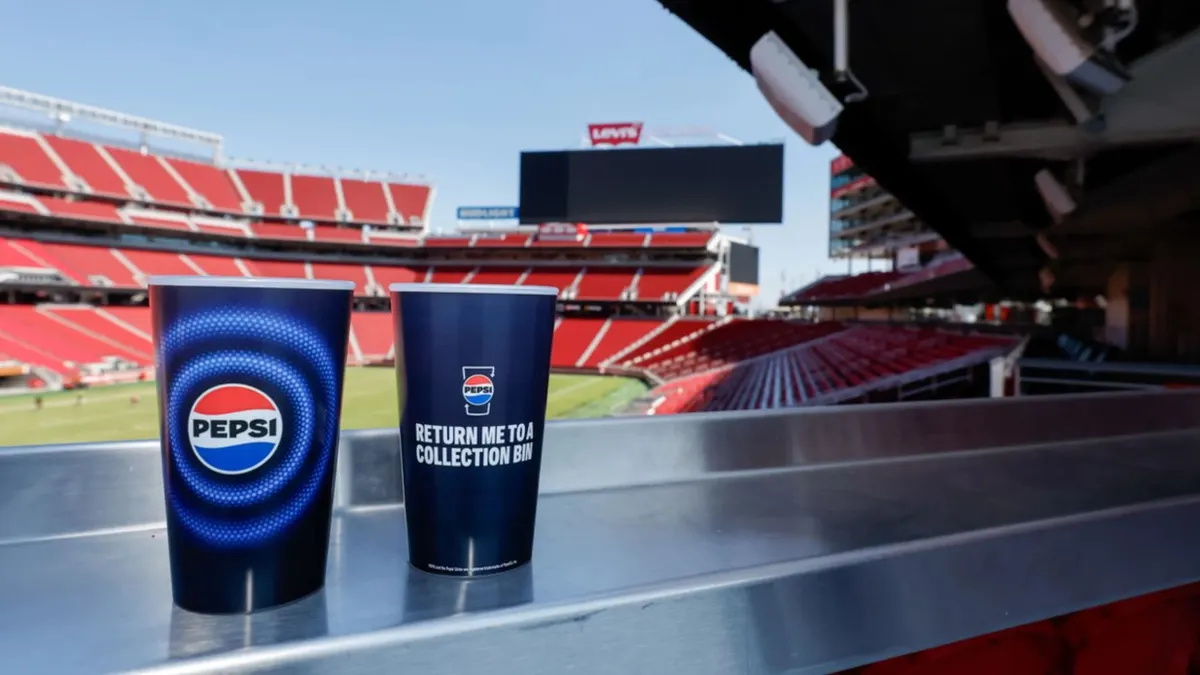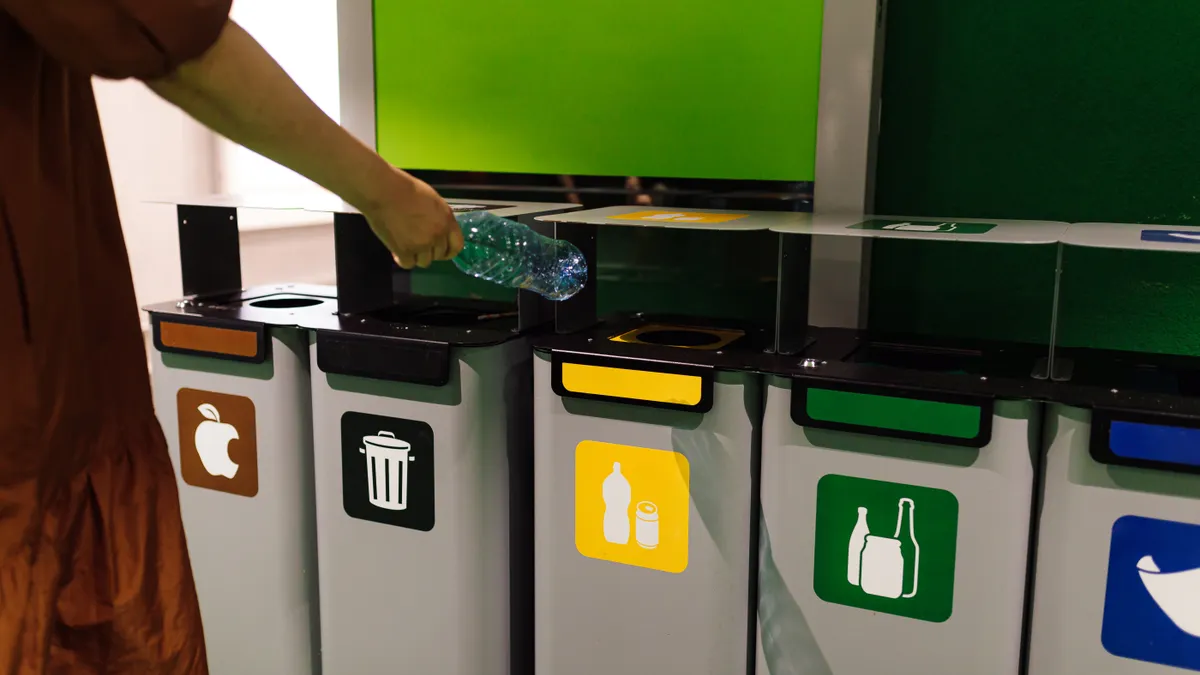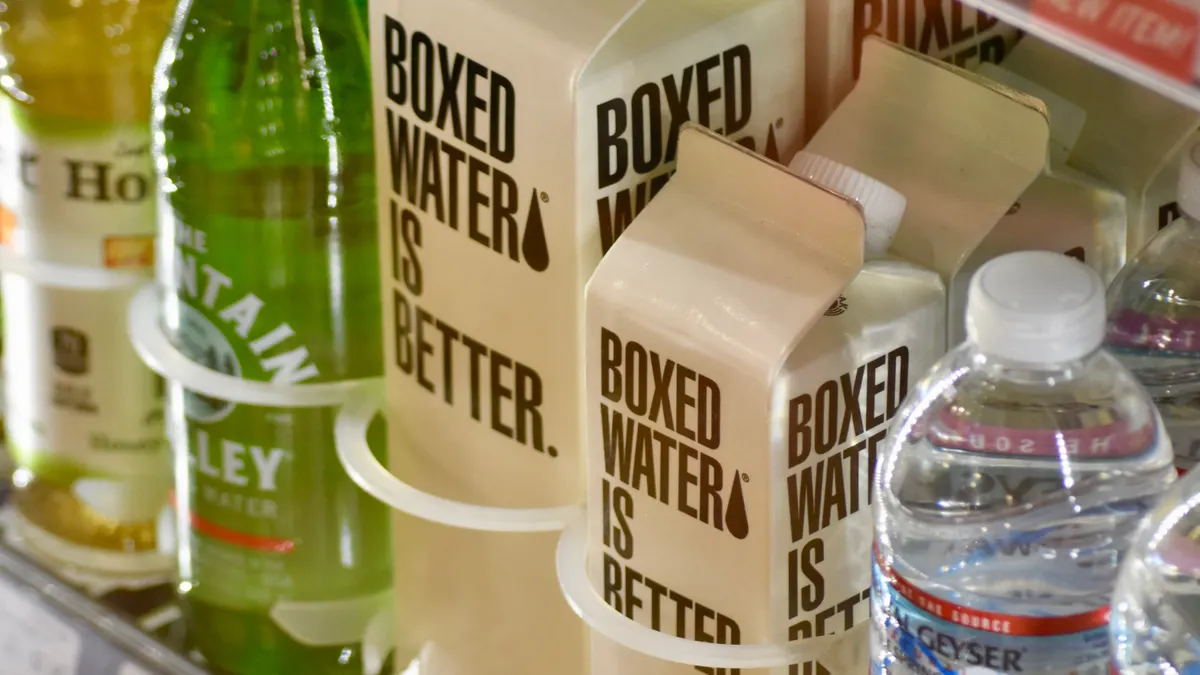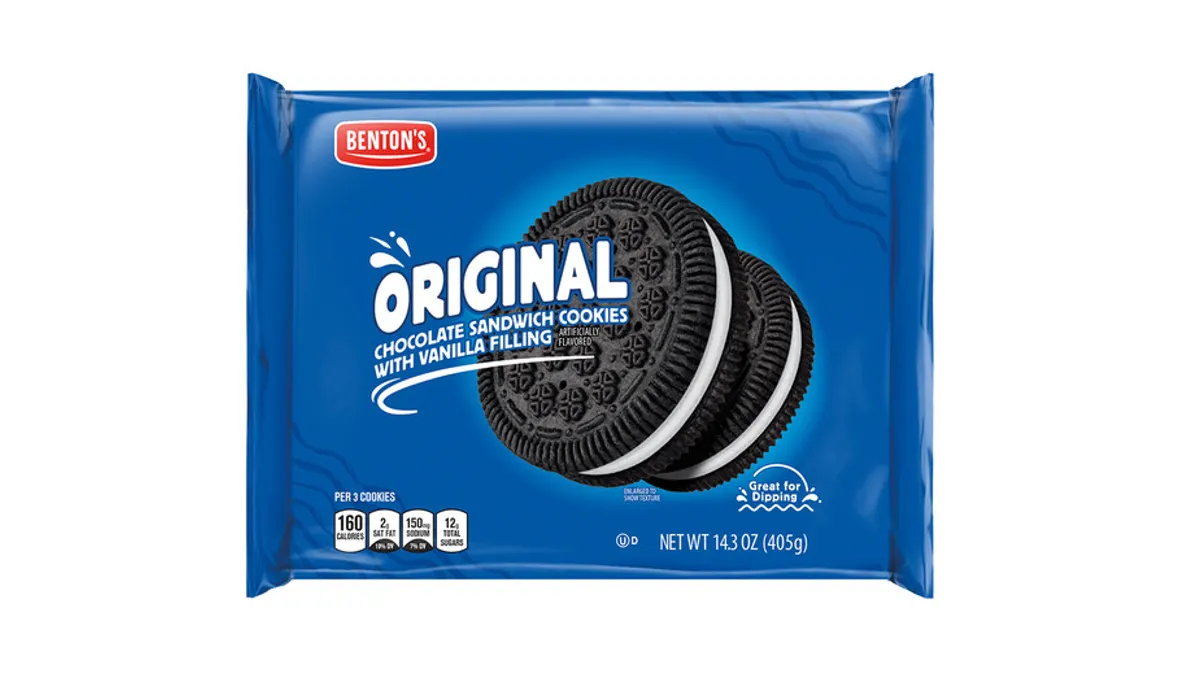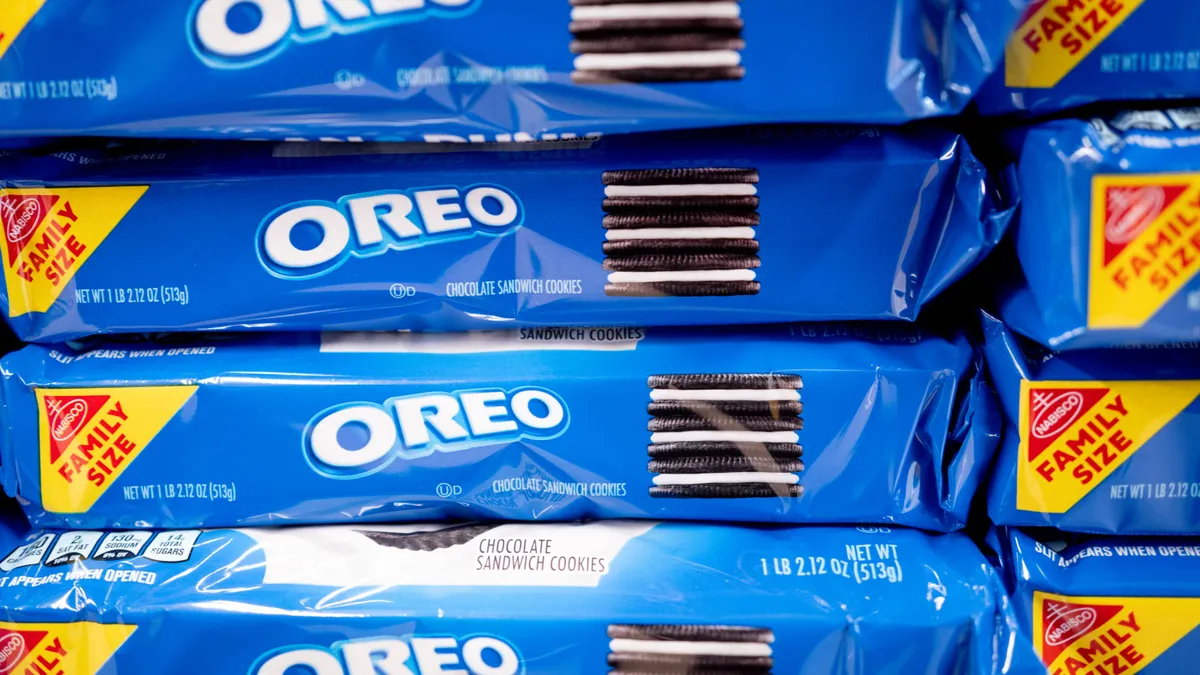When Unilever’s new CEO Hein Schumacher took the helm last summer, he was ready to make sweeping changes to the consumer goods giant. One of these actions was reducing the number of SKUs in Unilever’s portfolio.
This process, known as SKU rationalization, eliminates the lowest-margin product versions and sizes to improve profitability and simplify the supply chain.
“We are striving for lower complexity with over 20% reductions in SKUs, raw and packed materials and number of suppliers,” the CEO told analysts and investors during an earnings call early this year.
Analysts predict SKU rationalization, considered a cyclical trend, will continue for several years to come.
Strained supply chains during the pandemic initially kicked SKU rationalization into gear, and the trend continued as brand owners realized they were “still making money by manufacturing fewer SKUs,” said Brian Wagner, co-founder and principal of packaging consulting firm PTIS. Recent inflation led to margin dips among food and beverage manufacturers, and trimming low-margin SKUs is another way to recover profitability.
While reductions in SKUs, packing material and suppliers don’t always sound like positives for the packaging sector, industry experts say that packaging manufacturers can see many advantages from SKU rationalization. The effort can lead to higher-volume orders of fast-moving SKUs, providing more standardized business for packaging suppliers. It can also reduce complexity for packaging manufacturers, allowing them to produce items more quickly at scale.
“Packaging suppliers benefit from simplification just as the brand owners do,” said Wagner.
A level of simplicity
CPG companies that do this have realized that less is not less when it comes to product variety, said Oisin Hanrahan, co-founder and CEO of Keychain, a manufacturing platform for the packaged goods industry.
“More choice isn’t, in fact, leading to more purchase or more product pull through,” Hanrahan said, alluding to retail-level testing.
That reality, coupled with a focus on profitability and a desire to make supply chains simpler and more efficient, has driven CPGs including Mondelēz and Coca-Cola to rationalize SKUs over the last few years.
Hain Celestial in late April announced categorywide SKU reductions. The company said it had removed 6% of its SKUs globally since last July. Going forward, it’s especially focused on its hair, skin and sun care products, where it aims to remove 62% of “underperforming” SKUs in the portfolio.
Nestlé reportedly reduced its product variations by one fifth early last year. On a February earnings call, CEO Mark Schneider said reducing SKUs significantly increased Nestlé’s service levels, which are a measure of supply chain efficiency.
The benefits of reduced complexity can extend to packaging suppliers and manufacturers.
“There is a level of simplicity that really helps them if they don't have to be changing over their lines on a regular basis,” Wagner said. “Their margins can go up because they have some simplification going on in their manufacturing.”
The same is true for CPGs’ margins. When CPG leaders analyze their portfolios of SKUs, they often realize the lowest volume products are not profitable, Wagner said. Those SKUs could even cause net losses.
“That opens up a lot of eyes in C-suite,” Wagner said. “They’ll say, ‘let’s take a look at those. We’re here to make money.’”
Schneider said the SKUs that Nestlé has discontinued over the last two years were “essentially zero growth, zero profitability.” And Unilever’s CFO said removing “a significant number of unprofitable SKUs” was making the company “leaner and sharper.” In fact, an L.E.K. Consulting study found SKU rationalization can add a 65 to 90 basis point increase to gross margins.
Temporarily, reducing SKUs can dent topline results for partners throughout the supply chain. If a CPG stops making a SKU that uses a particular packaging, the packaging supplier would no longer make or sell that packaging, potentially reducing revenue. CPGs may see a sales dip on a specific line when they stop producing that SKU. Schneider said Nestlé “walked away” from about $750 million in revenue linked to discontinued SKUs between the summer of 2022 and Q1 2024.
But when CPGs cut out SKUs, they don’t typically manufacture less product in total. Rather, they ramp up volumes of their best-performing SKUs. This “may lead to increased order volumes for remaining SKUs” for the packaging suppliers, said Robert Khachatryan, CEO of Freight Right Global Logistics, a freight forwarding company, via email.
Tech to stay nimble
The ongoing trend of producing fewer slow-moving SKUs and higher volumes of profitable SKUs often favors large packaging suppliers with automated processes.
“The larger the volumes become of any particular item, the more it benefits you to have substantial economies of scale. It benefits you to have highly automated, incredibly large, long-running lines,” Hanrahan said.
Khachatryan agreed that automated lines “are pivotal” to adjust to different packaging requirements and minimize downtime. He also said packaging manufacturers can keep pace with CPGs’ SKU rationalization by investing in “versatile packaging technologies.”
One method is digital printing technology, which allows manufacturers to quickly change packaging designs. Another is modular molding, which lets packaging suppliers adapt to various shapes and sizes without a complete replacement of molds, Khachatryan said.
Being nimble can reduce tension between packaging manufacturers and CPGs, in particular around forecasting, Wagner said. Packaging suppliers are often left in the dark about upcoming SKU changes, whether it’s more or less volume, a faster run, more customization, or some other switch.
“The brands should be calling the packaging suppliers to the table to have that discussion early and look at their product mix,” he said.
That’s especially true if CPGs keep rationalizing SKUs, which experts predict will be the case. Khachatryan expects continued trimming of SKUs. Wagner said more advanced data allows companies to track SKU performance in greater detail, which can inform decisions about which to cut. The L.E.K. study predicted cutting these lower-margins SKUs will result in a 150 to 175 basis points boost to CPG margins.
Hanrahan sees the trend of SKU rationalization as a pendulum. For a while, there was a swing in the direction of “infinite choice,” he said. Society moved toward endless scrolls, whether it was an Instagram feed or an online shopping cart.
“We've seen this trend to go back in terms of reducing choice as a way to make things easier,” Hanrahan said, adding that he predicts simplification for CPGs and consumers might last about another four years.
“We'll probably get to a point where we don't have sufficient choice or there's an opportunity to reintroduce more personalized choice,” he said. “And then we'll flip back the other way all over again.”


